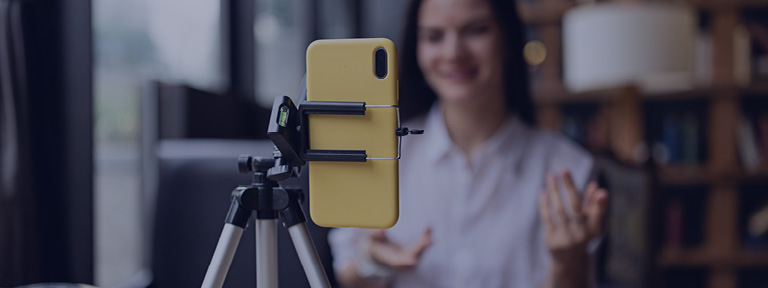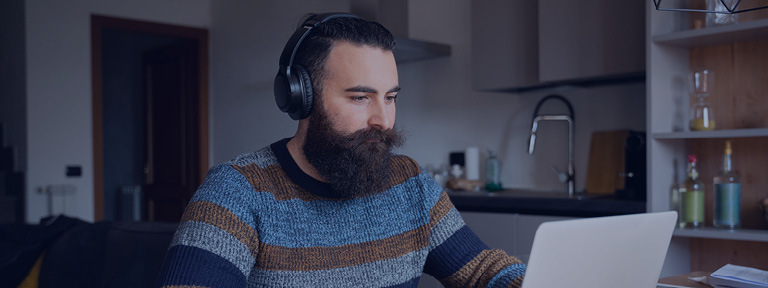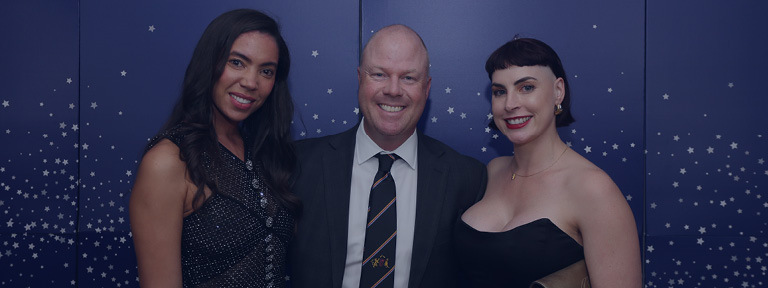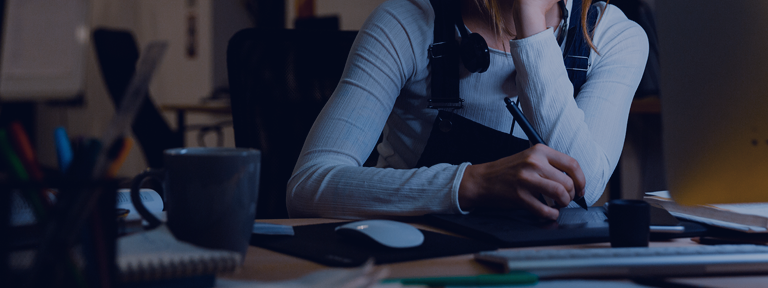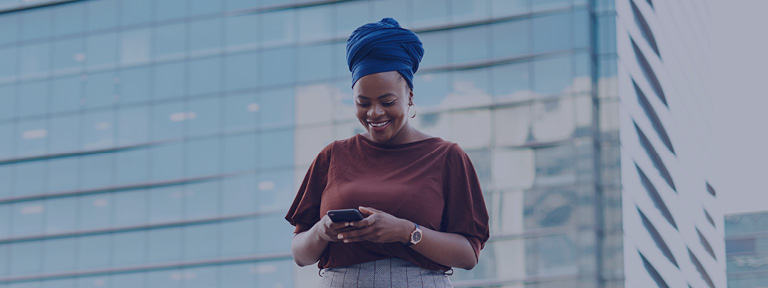Insights
4 November 2024
AI-Powered Content Creation: Striking the Balance Between Automation and the Human Touch
Today, marketers look at AI as a source of productivity gain: creating content at scale and driving customer engagement. In fact, 30% of all marketing content is expected to be created with the assistance of AI tools by 2025 (Gartner, 2023). ChatGPT, Jasper, and other AI-driven creative tools are changing the way in which content…
Today, marketers look at AI as a source of productivity gain: creating content at scale and driving customer engagement. In fact, 30% of all marketing content is expected to be created with the assistance of AI tools by 2025 (Gartner, 2023). ChatGPT, Jasper, and other AI-driven creative tools are changing the way in which content is created and distributed. But as generative AI becomes more pervasive in marketing, one critical question begs to be asked: how will brands balance the efficiency of automation with the need for creativity, emotional resonance, and authenticity?
Now, let’s delve a bit deeper into how AI is affecting the creative industries and explore how marketers can use these tools effectively without losing the human touch.
The Role of AI in Marketing and Content Creation
AI-powered content generation tools are designed to assist marketers in quickly producing a wide array of content, from blog posts and social media updates to videos and even product descriptions. This increased speed and scalability are vital for brands looking to meet the high demand for fresh, engaging material. According to reports by HubSpot and Gartner, AI is particularly valuable for automating routine tasks and providing data-driven insights, which can help refine campaigns and tailor content for specific audiences.
Generative AI is also revolutionising areas such as image creation, video editing, and content personalisation, enhancing the overall customer experience. By using these tools, brands can streamline their content development processes, improve customer satisfaction, and even experiment with new creative formats, such as virtual influencers and personalised avatars.
Challenges: Creativity and Authenticity at Risk?
Despite its many advantages, relying too heavily on AI for content creation poses significant challenges. The most critical of these is maintaining creativity and brand authenticity. AI can generate grammatically correct and technically accurate content, but it often lacks the emotional depth, cultural nuance, and creative flair that only human creators can bring to the table. Creativity thrives on unpredictability, lateral thinking, and the ability to push boundaries, something that AI, limited by the data it has been trained on, struggles to achieve.
One key issue highlighted by both HubSpot and Gartner is the potential for AI to undermine creative roles when applied too broadly. While AI can assist in repetitive and technical tasks, it is not a replacement for human creativity. Leaders need to be careful when using AI to manage creative workflows, as over-reliance on algorithmic management can stifle innovation and reduce employees’ perceptions of their own creativity.
Striking the Right Balance: How to Leverage AI Without Losing the Human Touch
To ensure that AI enhances rather than diminishes creativity, marketers must take a hybrid approach, using AI as a tool to complement, not replace, human creativity. Here are a few strategies that can help strike the right balance between automation and authenticity:
1. Use AI to Streamline Routine Tasks
AI excels at handling repetitive, time-consuming tasks like optimising email subject lines, transcribing meeting notes, or generating multiple versions of marketing copy for A/B testing. By automating these tasks, AI frees up time for human marketers to focus on more strategic, creative, and high-value work.
2. Human Creativity as the Final Touch
The demand for AI-driven creative professionals has increased by 20% year-over-year, highlighting the growing role of AI in the creative sector (LinkedIn, 2023). AI may be able to generate a first draft of a blog post or video script, but it’s up to human creators to refine, personalise, and inject emotion into the content. Creative professionals bring the understanding of tone, humour, and cultural relevance that is necessary to make content feel truly authentic and engaging. This final round of editing ensures that the content stays true to the brand’s voice and resonates with the target audience.
3. Data-Driven Creativity
AI can provide invaluable insights through data analysis, helping marketers understand which types of content resonate most with their audience. However, it’s the human marketers who can interpret these insights creatively, using them to craft unique campaigns that blend both intuition and information. AI might tell you which keywords to use, but only a human can craft a narrative that feels both meaningful and engaging.
4. AI for Personalisation at Scale
AI’s ability to personalise content at scale is one of its most powerful features. By analysing user data, AI tools can help marketers create tailored content for individual consumers, improving engagement and conversion rates. However, it’s crucial that marketers oversee this process to ensure that personalisation feels authentic and relevant, avoiding the risk of making content feel robotic or overly algorithmic.
Practical Applications and Future of AI in Marketing
The future of AI in marketing is filled with potential. As technology continues to evolve, it will likely become even more embedded in content creation processes. Some practical applications of AI in marketing already in use include:
- High-Volume Text Generation: AI tools like GPT-3 are already being used to generate marketing copy, product descriptions, and other forms of text-based content. This not only speeds up content creation but also allows for more personalised messaging.
- AI-Generated Imagery and Video: AI tools are increasingly being used to generate and optimise images and videos. From creating entirely new visuals based on text prompts to refining low-quality images, AI helps brands produce high-quality visual content without the need for expensive equipment.
- Virtual Influencers and Avatars: One of the more futuristic applications of AI in marketing is the creation of virtual influencers and avatars. These digital personas can engage with customers on social media, provide customer support, and even be used in advertising campaigns.
While AI will undoubtedly continue to play a key role in the content creation landscape, the importance of the human touch cannot be overstated. Brands that manage to successfully integrate AI into their creative processes without losing sight of authenticity, creativity, and emotional resonance will be the ones that stand out in an increasingly automated digital world.
Conclusion
75% of marketers believe that a blend of AI automation and human creativity is essential for producing effective content (HubSpot, 2024).
AI-powered content creation offers unprecedented opportunities for brands to scale their marketing efforts, personalise content, and streamline workflows. However, AI is not a replacement for human creativity. The most successful brands will be those that can harness the power of AI while preserving the qualities that make their content feel real, relatable, and meaningful.
By using AI to handle repetitive tasks and provide data-driven insights, while leaving creativity, storytelling, and emotional resonance to human marketers, brands can strike the perfect balance between automation and the human touch.
In the end, it’s not about choosing between AI or humans. It’s about using AI to enhance and elevate the creative process, ensuring that technology serves as a tool for innovation, not a limitation.
Related blog
Check out the latest in creative industries and recruitment.
